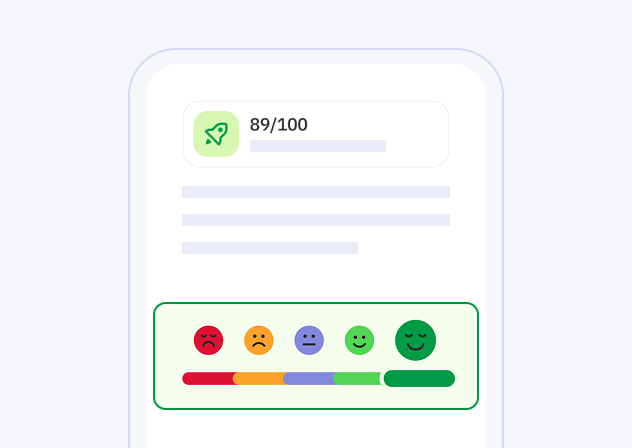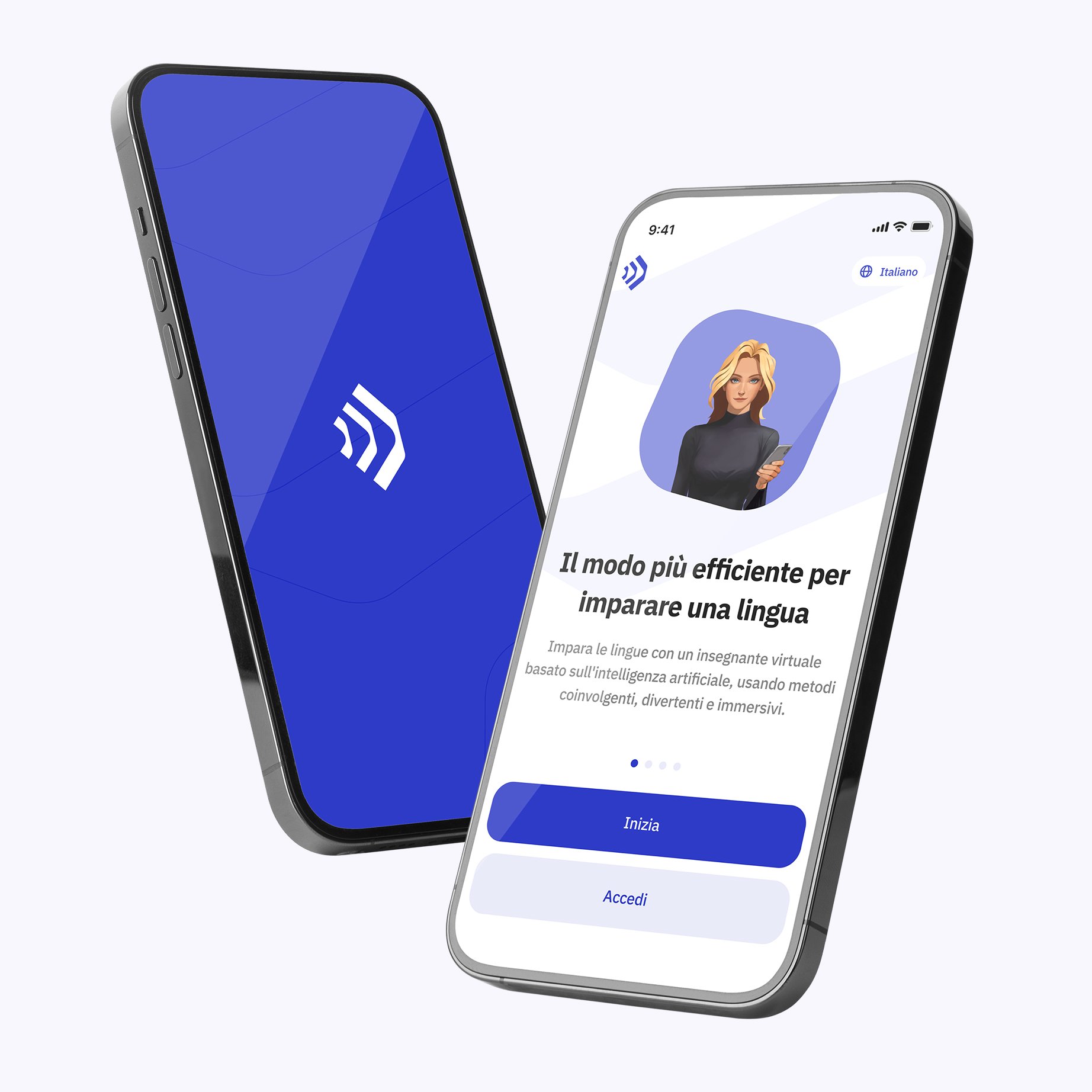Il verbo inglese "gauge" è un termine polivalente che può assumere diversi significati a seconda del contesto in cui viene utilizzato. In linea generale, "gauge" significa misurare, valutare o stimare qualcosa con una certa precisione. Questo verbo è spesso impiegato in contesti tecnici e scientifici, ma può essere utilizzato anche in situazioni quotidiane per esprimere la valutazione o la stima di una condizione o di una situazione. La parola deriva dal francese antico "jauger" che significa misurare la capacità di un contenitore, un'indicazione della sua lunga storia legata alla misurazione e valutazione.
She gauged the temperature of the water before stepping into the bath.
We need to gauge the level of customer satisfaction with this new product.
The engineer gauges the pressure in the pipes regularly to prevent leaks.
They will gauge the performance of the new software after the trial period.
The teacher gauged the students' understanding through a series of questions.
He gauges the distance to the target using a laser rangefinder.
She carefully gauged his reaction before making her next move.
Scientists often gauge the impact of climate change through various measurements.
The depth of the river is gauged using a special instrument.
We are currently gauging public opinion on the new policy.
I gauge the distance.
You gauge the temperature.
He gauges the pressure.
She gauges the wind speed.
It gauges the depth.
We gauge the volume.
They gauge the area.
I gauged the distance.
You gauged the temperature.
He gauged the pressure.
She gauged the wind speed.
It gauged the depth.
We gauged the volume.
They gauged the area.
I will gauge the distance.
You will gauge the temperature.
He will gauge the pressure.
She will gauge the wind speed.
It will gauge the depth.
We will gauge the volume.
They will gauge the area.
I am gauging the distance.
You are gauging the temperature.
He is gauging the pressure.
She is gauging the wind speed.
It is gauging the depth.
We are gauging the volume.
They are gauging the area.
I was gauging the distance.
You were gauging the temperature.
He was gauging the pressure.
She was gauging the wind speed.
It was gauging the depth.
We were gauging the volume.
They were gauging the area.
I will be gauging the distance.
You will be gauging the temperature.
He will be gauging the pressure.
She will be gauging the wind speed.
It will be gauging the depth.
We will be gauging the volume.
They will be gauging the area.
I have gauged the distance.
You have gauged the temperature.
He has gauged the pressure.
She has gauged the wind speed.
It has gauged the depth.
We have gauged the volume.
They have gauged the area.
I had gauged the distance.
You had gauged the temperature.
He had gauged the pressure.
She had gauged the wind speed.
It had gauged the depth.
We had gauged the volume.
They had gauged the area.
I will have gauged the distance.
You will have gauged the temperature.
He will have gauged the pressure.
She will have gauged the wind speed.
It will have gauged the depth.
We will have gauged the volume.
They will have gauged the area.
I would gauge the distance.
You would gauge the temperature.
He would gauge the pressure.
She would gauge the wind speed.
It would gauge the depth.
We would gauge the volume.
They would gauge the area.
I would have gauged the distance.
You would have gauged the temperature.
He would have gauged the pressure.
She would have gauged the wind speed.
It would have gauged the depth.
We would have gauged the volume.
They would have gauged the area.
Il modo più efficace per imparare una lingua
Prova Talkpal gratuitamente
Ogni individuo apprende in modo unico. Con la tecnologia Talkpal , abbiamo la possibilità di esaminare come milioni di persone imparano contemporaneamente e progettare le piattaforme educative più efficienti, che possono essere personalizzate per ogni studente.

Ricevi un feedback immediato e personalizzato e suggerimenti per accelerare la tua padronanza della lingua.

Impara con metodi personalizzati in base al tuo stile e al tuo ritmo, assicurandoti un percorso personalizzato ed efficace verso la fluidità.
Talkpal è un tutor linguistico alimentato dall'intelligenza artificiale. È il modo più efficiente per imparare una lingua. Chatta su un numero illimitato di argomenti interessanti scrivendo o parlando, mentre ricevi messaggi con una voce realistica.


Talkpal, Inc., 2810 N Church St, Wilmington, Delaware 19802, US
© 2025 All Rights Reserved.